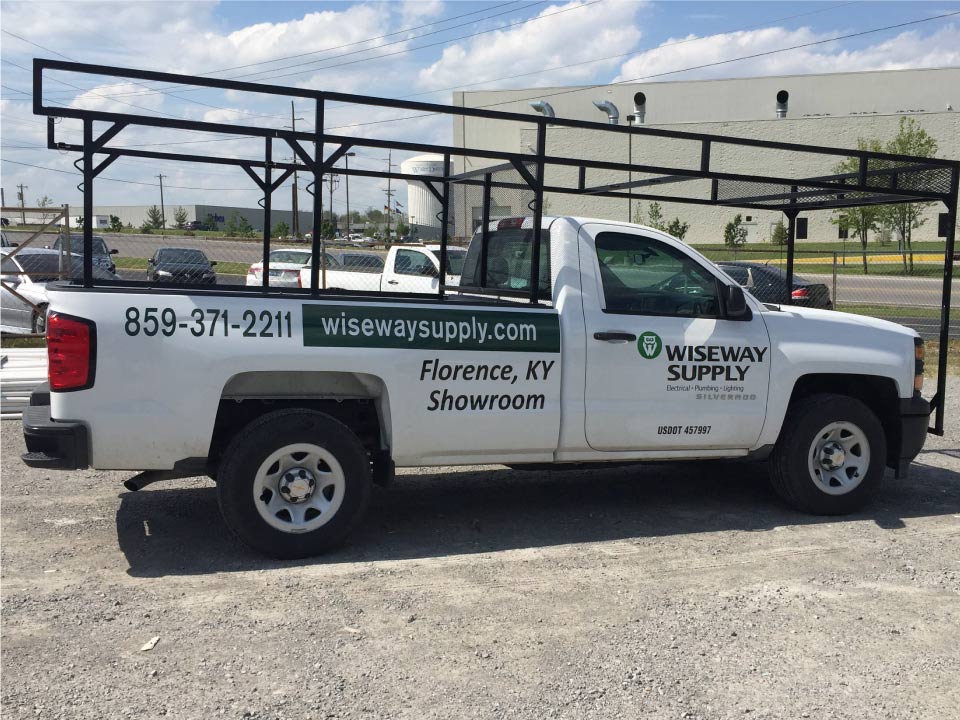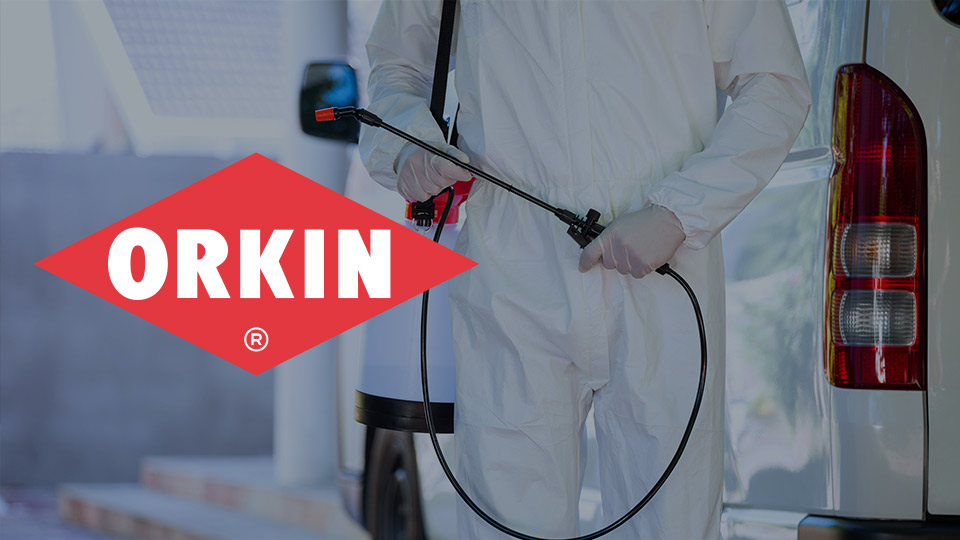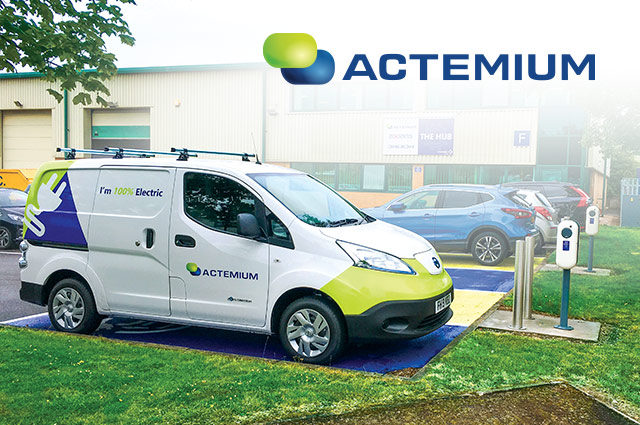
Ideal Plumbing: Increase fleet productivity

Table of Contents
The Challenge: Using Telematics Systems to Increase Productivity
Some 20% of North American fleets currently employ a telematics system, according to ABI Research. As telematics systems become more robust, fleets large and small are installing them in greater numbers and using them for a greater number of fleet management tasks.
From managing route changes on the fly to automating time-consuming tasks to diminishing unscheduled downtime and communicating with drivers more efficiently, these five fleets share how they take advantage of their systems to achieve a key benefit of telematics — increasing worker and vehicle productivity.
The solution
Metrics measure performance
Ideal Plumbing has a small fleet that covers all of San Diego County, an area larger than the states of Rhode Island and Delaware combined. Because technicians have round-the-clock control of their vehicles, monitoring vehicle usage is essential, says Don Teemsma, president. The company uses the GPS fleet management system from Geotab.
In addition to real-time tracking and routing of the company’s 30 trucks, Teemsma uses the system’s “dashboard” on his computer to view vehicle and driving performance such as speed, rate of acceleration, idle time and harsh braking and cornering. “The driving habits of the technicians are displayed very easily,” he says. “You can see who your biggest offenders and best drivers are.”
The results
Metrics measure performance
While management can see the scores of all drivers and track their overall improvement, drivers get a hard copy of their report with only their individual performance. “We don’t call out the worst drivers in front of their peers,” Teemsma says. “We counsel them into better driving habits and give them measurements in order to work toward improvement.”
And the result has been improvements in each of these metrics. “All of these things translate into better gas mileage and less wear and tear on the vehicles,” he says, adding that the next step is to implement a system to reward drivers for their better performance. The system also measures miles driven, which turns up trip irregularities, but in general pushes the technicians to be more efficient. “We don’t see the inappropriate use of company vehicles like we used to,” Teemsma says, such as after-hours driving and extra-long lunch breaks.
From The Fleet Manager
“From an owner’s perspective, I’m really driven to improve their efficiency and safety in the vehicles, The fact that we can see their driving habits puts a sharper focus on being safe, efficient and courteous drivers. We can see a trend of improvement. It is fairly remarkable.” - Don Teemsma, president of Ideal Plumbing
Post Tags
Client profile
Client name:
Ideal Plumbing
Industry:
Plumbing and repair
Types of vehicles:
Technician trucks
Fleet size:
30
Fleet focus:
Fleet Optimization, Productivity
Other stories

Belleville Police Service: Cutting-edge tech for departmental accountability
August 22, 2022

Wiseway: Never idle when it comes to safety, savings and service
June 23, 2022

Orkin: Lower idling, greener earth
August 18, 2020

Actemium: Making the case for EVs
March 2, 2020